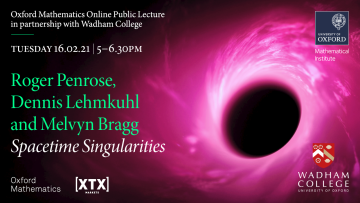The decomposability conjecture
Abstract
We characterize which Borel functions are decomposable into
a countable union of functions which are piecewise continuous on
$\Pi^0_n$ domains, assuming projective determinacy. One ingredient of
our proof is a new characterization of what Borel sets are $\Sigma^0_n$
complete. Another important ingredient is a theorem of Harrington that
there is no projective sequence of length $\omega_1$ of distinct Borel
sets of bounded rank, assuming projective determinacy. This is joint
work with Adam Day.


